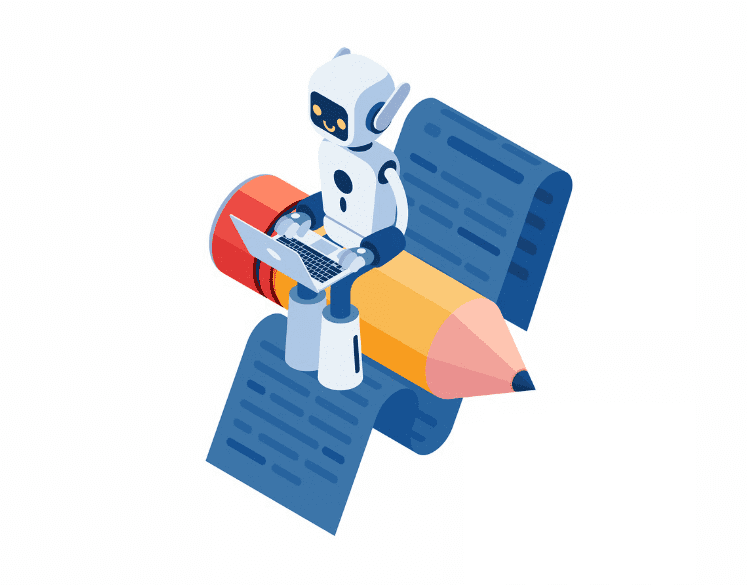The integration of artificial intelligence in education is no longer theoretical—it’s reshaping classrooms, learning experiences, and how educators approach instruction. But while the benefits are numerous, the challenges are real and nuanced.
How Is AI Used in Education Today?
AI is transforming learning by automating tasks, personalizing content, and providing data-driven insights. Here are just a few examples of AI in schools:
- Adaptive Learning Platforms that tailor content based on student progress
- AI-Powered Grading Tools that reduce teacher workload
- Chatbots for student support and FAQs
- Predictive Analytics to identify at-risk students early
- Generative AI Tools for content creation and curriculum support
These AI use cases in education reflect how automation and intelligence are being embedded in day-to-day operations.
Benefits of AI in Education
The advantages of AI in education are well-documented and far-reaching:
- Improved Learning Outcomes: AI offers personalized instruction to meet students at their level.
- Efficiency for Educators: Automating grading and content creation allows teachers to focus on student interaction.
- Data-Driven Decisions: Institutions can make better academic and policy decisions using predictive data.
- Support for All Learners: Tools can adjust pacing, reading levels, and formats for different learning needs or to meet education requirements.
AI can help students succeed by providing AI education materials, supporting real-time feedback, and enabling technology tools for the classroom that are both interactive and adaptive.Shape

Challenges and Concerns
Despite the optimism, there are legitimate concerns about how AI affects education:
- Inaccuracy: AI models can introduce incorrect information if not carefully monitored.
- Data Privacy: Increased use of AI raises questions about student data security.
- Over-Reliance: There’s concern that teachers and students might become too dependent on AI tools.
- Teacher Training Needs: Effective use of AI requires upskilling and change management.
Critics also warn of the negative effects of AI in education, such as reduced critical thinking and ethical concerns about student use of generative AI in assessments.
Best Practices for AI Implementation in the Classroom
To ensure AI benefits education, schools and educators must:
- Set Clear Policies – Define where, how, and when AI can be used, including acceptable use cases for students.
- Invest in Teacher Training – Provide professional development on tools, ethics, and classroom applications.
- Prioritize Transparency – Make AI-powered decisions visible and explainable.
- Engage Stakeholders – Involve teachers, students, and parents in AI planning and adoption.
These AI in teaching best practices help maximize benefits while reducing risks.
Policy Considerations and the Path Forward
Questions like “Should AI be allowed in schools?” and “How can AI benefit education?” are shaping modern education policy. As institutions define their AI ethics codes and instructional guidelines, they must weigh both the pros and cons of AI in education.
The future of AI in classrooms isn’t about replacing teachers—it’s about empowering educators. With thoughtful planning and support, AI and learning can coexist in ways that enhance the human side of education.
Conclusion: AI Is a Tool, Not a Threat
When integrated responsibly, artificial intelligence in education can promote innovation and deeper learning. But success depends on clear policy, strong leadership, and a commitment to continuous evaluation.
Curious about how to implement AI effectively at your school or district? SilkWeb offers consulting services to help you navigate the latest trends, tools, and compliance standards in educational technology.


